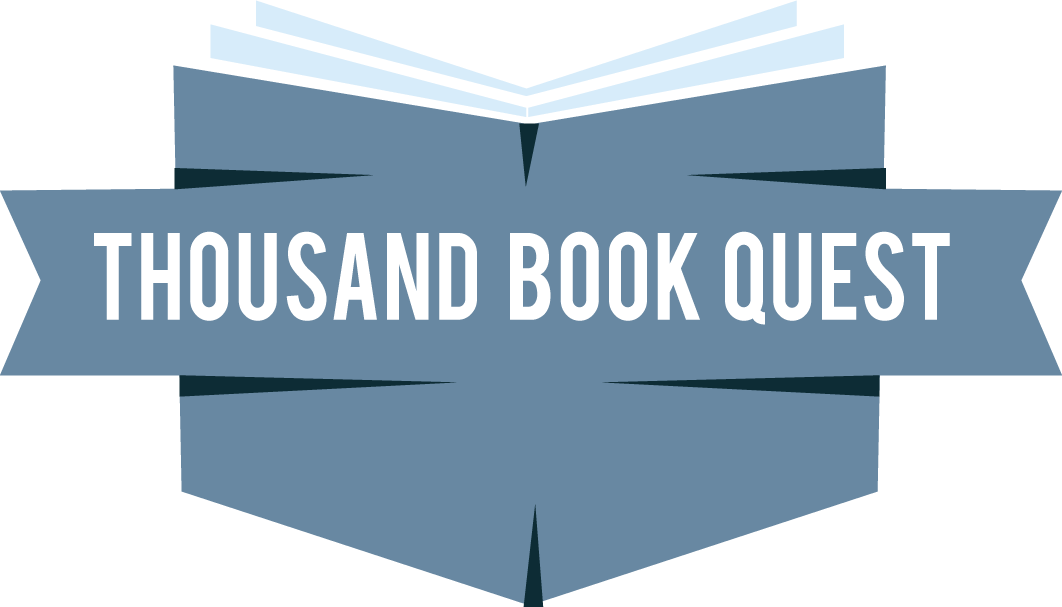199. The 5 Second Rule: Transform Your Life, Work, and Confidence with Everyday Courage
Rating: ☆☆☆☆
Recommended by:
Author: Mel Robbins
Genre: Non-Fiction, Self Improvement, Psychology
267 pages, published February 28, 2017
Reading Format: Book
Summary
In The 5 Second Rule, author Mel Robbins recounts how she was trapped in a downward spiral so much so that she had trouble even getting out of bed in the morning. Her entire world shifted when she discovered the 5 second rule. The secret isn’t knowing what to do—it’s knowing how to make yourself do it. Basically, when you first think about doing something you should (or shouldn’t), you count backwards from 5 (5-4-3-2-1) and then immediately take action. For example, when you alarm goes off in the morning, you cant backwards from 5 and then immediately take action to get out of bed. If you find yourself about to reach for a cookie, you count backwards from 5 and then stop yourself from taking it.
Robbins explains how the power of a “push moment” (i.e. counting backwards from 5) can help us do the things we want to do and stay away from the things we want to avoid. By following the rule, Robbins believes that you will: become more confident, break the habits of procrastination and self-doubt, beat fear and uncertainty, stop worrying and feel happier and share your ideas with courage.
Quotes
“Hesitation is the kiss of death. You might hesitate for a just nanosecond, but that’s all it takes. That one small hesitation triggers a mental system that’s designed to stop you. And it happens in less than—you guessed it—five seconds.”
“The 5 Second Rule: The moment you have an instinct to act on a goal you must 5-4-3-2-1 and physically move or your brain will stop you.”
“Anytime there’s something you know you should do, but you feel uncertain, afraid, or overwhelmed…just take control by counting backwards 5- 4- 3- 2- 1. That’ll quiet your mind. Then, move when you get to “1.”
“You change your life one five-second decision at a time.”
“We are all so afraid of uncertainty that we want a guarantee before we even try. We want evidence that if we take a risk we will “get the girl” Its a numbers game. To play any game, you have to start. To win, you need to keep going. If you want to make your dreams come true, get ready for the long game.
Life is not a one and done sort of deal. You’ve got to work for what you want.
Picasso created nearly 100 masterpieces in his lifetime. But what most people don’t know is that he created a total of more then 50,000 works of art. .. Thats two pieces of art a day. Success is a numbers game. You are not going to win if you keep telling yourself to wait. The more often that you choose courage, the more likely you’ll succeed.”
“Your feelings don’t matter. The only thing that matters is what you DO.”
“When it comes to goals, dreams, and changing your life, your inner wisdom is a genius. Your goal-related impulses, urges, and instincts are there to guide you. You need to learn to bet on them.”
“This is where the #5SecondRule comes into play—you don’t have to want to do it, you just have to push yourself to do it.”
“locus of control.” The more that you believe that you are in control of your life, your actions and your future, the happier and more successful you’ll be.”
“I owe my morning routine to Duke University professor Dan Ariely. According to Ariely, the first two to three hours of the day are the best hours for your brain, once you fully wake up. So, if you pop out of bed at 6 a.m., your peak thinking and productivity window is 6:30 a.m. to 9 a.m. And so on.”
“I was the problem and in five seconds, I could push myself and become the solution.”
“There’s one thing that is guaranteed to increase your feelings of control over your life: a bias toward action.”
“If you have one of those impulses that are pulling you, if you don’t marry it with an action within 5 seconds, you pull the emergency break and kill the idea.”
“That’s an instinct reminding you of the goal. That’s your inner wisdom, and it’s important to pay attention to it, no matter how small or silly that instinct may seem.”
“Life is gritty and hard and then suddenly it is brilliant and amazing.”
“pushing yourself to take simple actions creates a chain reaction in your confidence and your productivity.”
“You can’t control how you feel. But you can always choose how you act.”
“I have a hard time finding the balance between not beating myself up when it doesn’t happen as fast as I’d like it to, and not wasting time while I wait for it to happen.”
“Start before you’re ready. Don’t prepare, begin.”
“Passion is not a thing, it’s a state of mind.”
My Take
I was skeptical when I first started reading this book. How could five seconds be such a life changer? However, author Mel Robbins provides some convincing examples of the rule at work. Basically, the rule is a spur to action. How much of our lives are just lazed away? After finishing the book, I tried out the rule and it does work. The only problem for me is remembering to use it in the first place. When I do, I see results.
